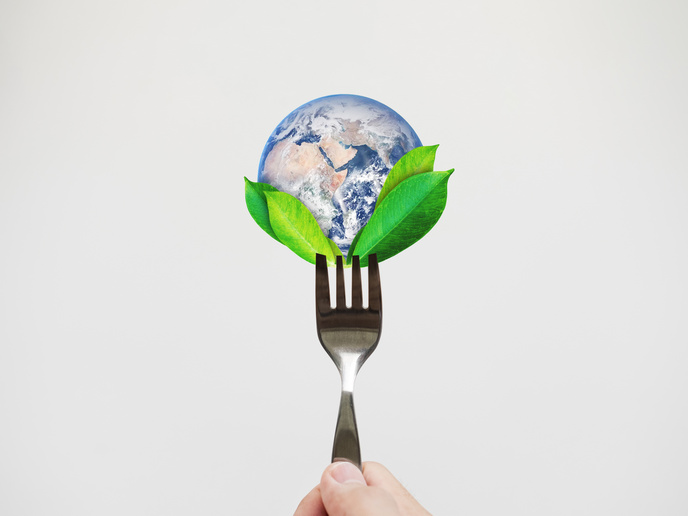A more sustainable value chain for the sought-after metal neodymium-iron-boron
The demand for rare-earth magnets, especially neodymium-iron-boron, is increasing. Neodymium-containing magnets are key components in various products driving the green transition, including wind turbines, electric vehicles and water pumps. However, the current supply chain cannot cope with the anticipated demand. The ambitious goal of the EU-funded SUSMAGPRO project is to boost the availability of these magnets in Europe by creating a circular economy through recycling and reuse.
A green cycle for neodymium-containing magnets
SUSMAGPRO is introducing new ways to recycle and reuse magnets directly from waste, creating a shorter recycling loop with a higher recovery rate and increased yield (25 %) compared to traditional methods. “Recycled materials are reshaped into various products, including cast alloys and different types of magnets, using innovative production methods that minimise waste,” notes project coordinator Carlo Burkhardt. The process begins with evaluating scrap products and thoroughly analysing all materials. This data informs component segregation and guides recommendations for efficient recycling designs. The scrap products are then robotically disassembled, separating magnet-containing items from the waste streams using a sensor array. The resulting magnet scrap is exposed to a hydrogen atmosphere to produce powders for further processing, with or without prior thermal demagnetisation. The powders are subsequently transformed into new alloys or magnets through various processes. These include an innovative technique based on metal injection moulding that involves shaping, debinding and sintering and allows creating complexly shaped magnets with minimal production waste. The newly produced magnets can then be distributed to end users for use in various applications, such as car speakers, water pumps and automotive rotors.
Obstacles hindering rare-earth magnet recycling
Recycling rare-earth magnets presents many technical challenges. One key issue is the size of the magnets used in smaller technological devices, such as smartphones. The rare-earth amount in these devices is too small to make the extraction process time- and cost-efficient. Product design is another factor impeding recycling of rare-earth metals. “For example, our innovative hydrogen-processing magnet scrap technology requires space for magnets to expand during the hydrogen reaction, which is impossible if magnets are tightly embedded in components,” explains Burkhardt. This can be addressed by disassembly technologies, but products designed for recycling would make circular economy much more competitive. Magnetic material conditions may also create issues for recycling, causing inconsistent properties in the end materials. The project consortium aims to tackle technology readiness level (TRL) 7-8 upscaling challenges, like impurities, high oxygen content and varied magnet compositions by project end. “End users will soon start realising recycled magnets can match or surpass originals,” notes Burkhardt.
Small but decisive steps to transitioning to a circular economy
Laura Grau, research associate, states: “Many current car motors are not easily recyclable but are likely to be our largest scrap source soon. Given the global shift towards electric vehicles, it is not a matter of if we need efficient recycling designs, but when. There is no set deadline, but with governments pushing for electrification, we must act swiftly. Manufacturers need to reassess traditional designs urgently. Our aim is to identify what is recyclable and what is not, and help manufacturers make these crucial changes.” In addition to the alloy and magnet production pilots project partners unveiled, which can produce over 100 t/year, two recycling spin-offs have been established, each with an initial capacity of 50 t/year. Plans are underway to double the production capacity. “While this quantity is small compared to China’s output of 230 000 t in the previous year, it is a scalable beginning,” concludes Burkhardt.
Keywords
SUSMAGPRO, recycling, neodymium-iron-boron,NdFeB, , rare-earth magnet, circular economy, hydrogen-processing magnet scrap







